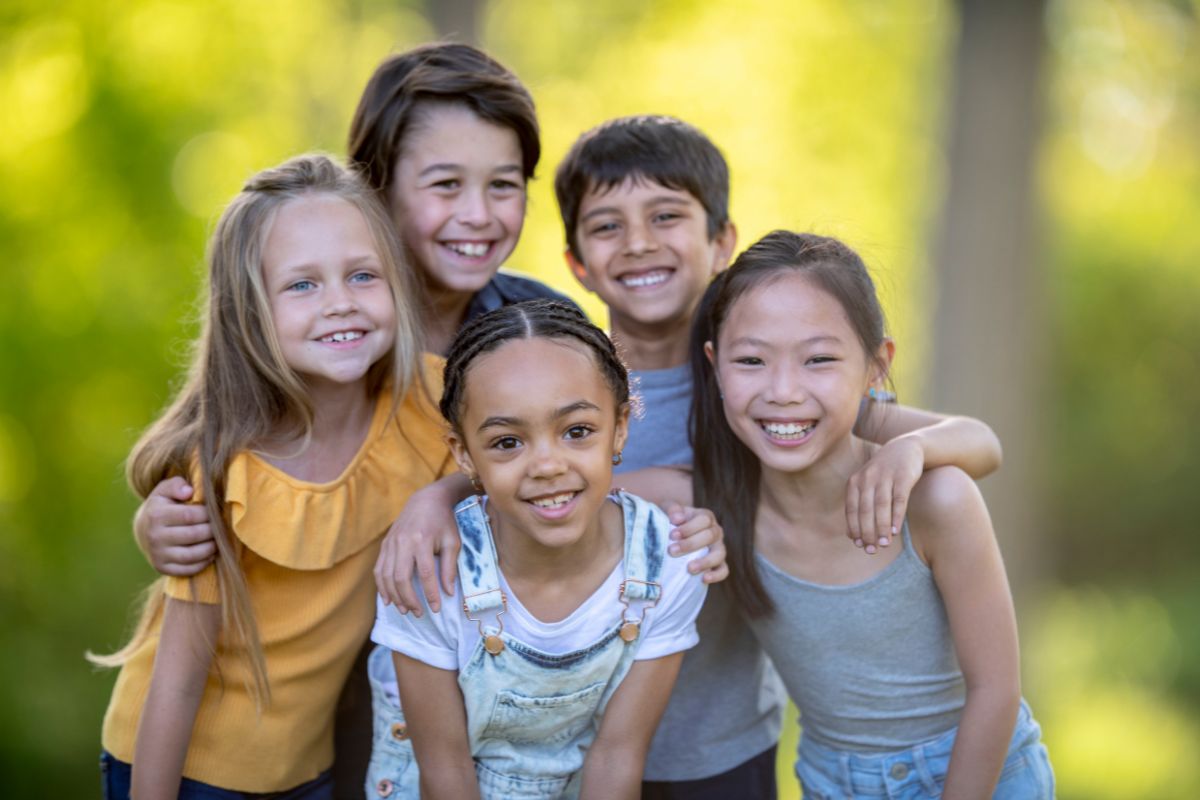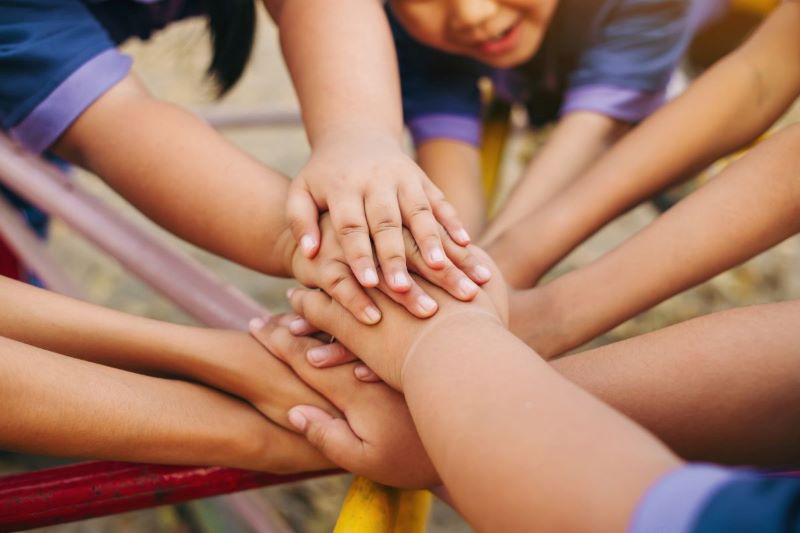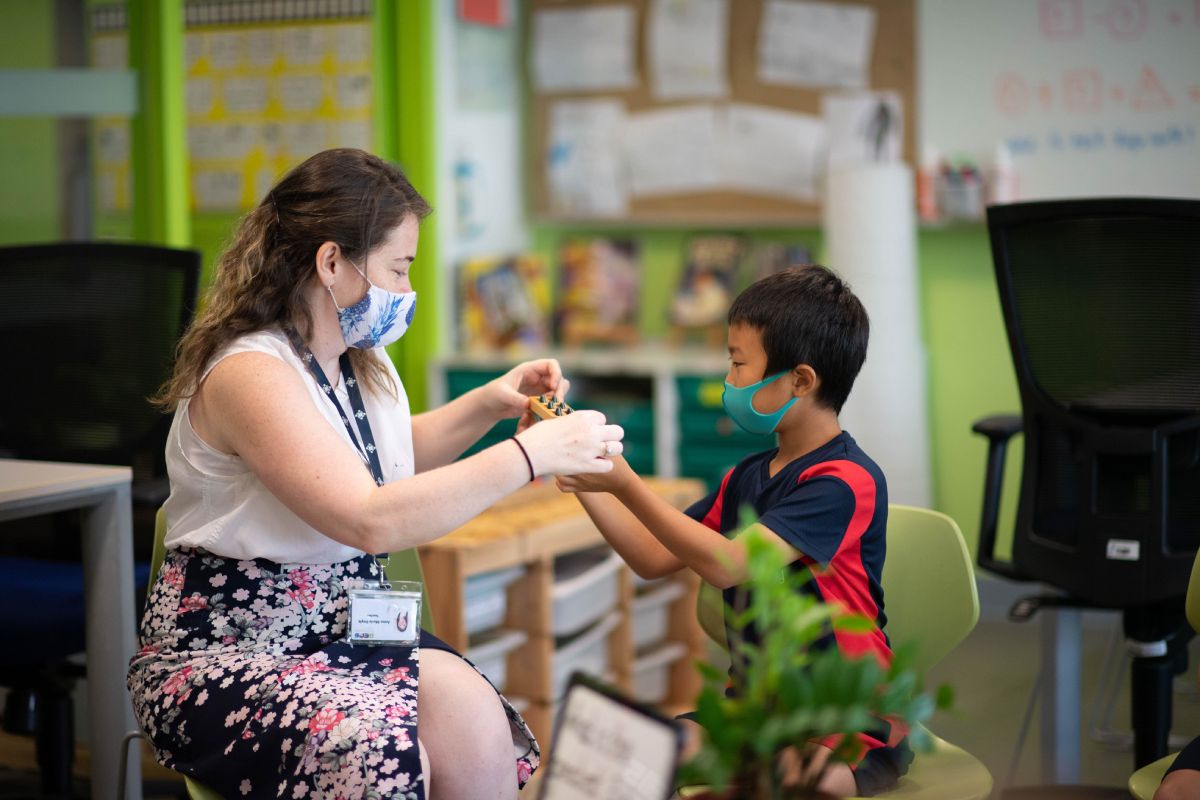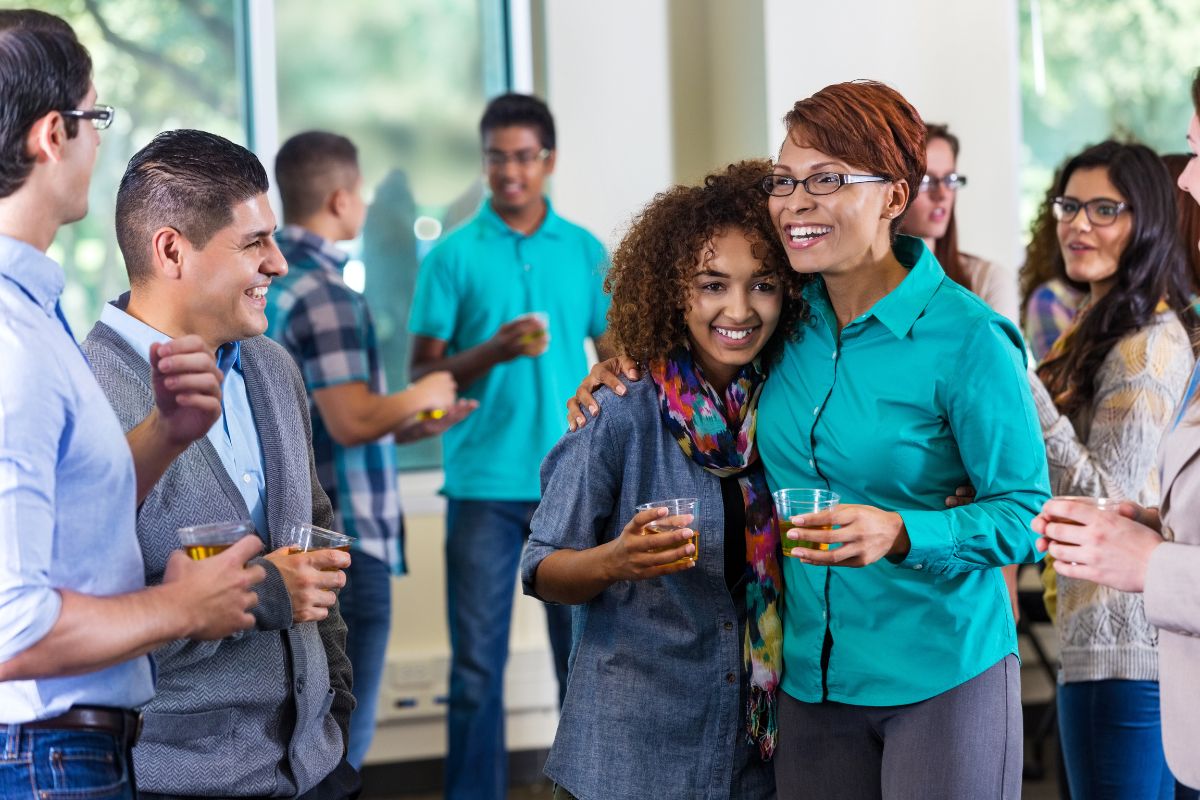Make Classroom Connections with Authenticity and Smiles

Every day, educators can change the world one child at a time. They do that by making connections with each person in the class. The skill of making genuine connections is an important life lesson.
Consider classroom connections lessons as ‘back pocket” teaching opportunities. These are short but effective daily or weekly sound bytes of information that focus on the concept of connections.
Why is it important to target connections?
In the post-pandemic world, we know children lost a sense of connection because they lived imposed isolation for several years. For all children, these were formative years that lacked opportunities to learn relationship skills and develop connections in face-to-face situations. The online version of connections, during this time, was isolated and limited in real-life experience. Most students were connected online but they were not making real-life connections. For this reason, focusing on connections right now is important.
What do connection lessons look like?

Authenticity and sincerity are at the center of our ability to make connections. If we are not true to ourselves, we cannot be true to others.
Lessons relating to authenticity begin with understanding the concept. It was my experience that too often we make assumptions about a child’s knowledge base. What does it mean to be your authentic self? They might be familiar with the term but reluctant to admit they do not understand the meaning.
Start with the basics. Define authenticity. Use real-world examples. Discuss barriers to authenticity and why being your authentic self is essential for your well-being.
Make it real for them by discussing authentic people in the world.
Ask the questions:
Who is authentic in our world? Who is not? How do you know the difference? Why? Expanding the topic to social media influencers and entertainers is an opportunity to connect to their world. Who is authentic in their opinion and why do they feel that way?
Take the discussion further and ask them to identify the consequences of not being authentic. Extend the discussion by reviewing honesty versus dishonesty and inauthentic people in our world. Where are they? Why is it tolerated? How do they feel about dishonesty? What effect is it having on our world?
Then bring it back to their own lives and consider why authentic people are important to them.
These discussions are particularly important. They are deep topics that require critical thinking skills. Research suggests that, for a variety of reasons, critical thinking skills in today’s students are being compromised. The future needs citizens who can connect and think.
Personal connections with others also hinge on sincerity and respect. This is a way to gain the confidence of another and make honest connections. For students, it also demonstrates the capacity to move beyond themselves to social awareness, a pillar of social-emotional learning. Being socially aware both within and without the classroom is a powerful connection tool. Deeper, stronger relationships will be the result.
The benefits of strong connections in life positively impact emotional and physical health.
Smiles Matter

Unlike the spectator domain of social media, real-world relationships require good listening skills, eye contact, undistracted time, and smiles.
Active listening is about being present in the conversation. It requires eye contact and smiles to encourage the speaker.
In our distracted world, we can forget to smile because our minds are in a cloud of preoccupation. If we are not engaging with the world and making a real connection, then there is a good chance we are not smiling at that world.
Benefits of Smiles
Smiling makes an appealing classroom topic because everyone smiles. Smiling is a remarkably universal subject, yet there is much to learn about smiling. It has many health benefits which include reducing stress and strengthening our immune system.
Smiles are a positive way for your students to connect with others. It is often an involuntary response, but it can and often should be intentional. Age affects how often we smile in a day with a child smiling about four hundred times a day and the average adult only forty to fifty times a day. A discussion starter would be why we smile less as we age.
Genuine smiling has a positive effect on our health and lifespan which is a good reason to smile more.
Smiling has enormous learning potential in a classroom. Another topic expansion would be considering the smiles of characters in book illustrations. What does their smile tell you about them?
Fun Fact to Explore with Your Class
Extend the topic by challenging their powers of observation. According to research, there are nineteen different smiles. Make it a team effort for students to determine, name, and photograph those nineteen types of smiles. Students can include family and outside friends in this project. Compare online pictures of people smiling. Further, develop this topic in any way you can create.
In 1963, Harvey Ball gave us the iconic yellow smiley face. The first Friday of October is honored as World Smile Day.
“A warm smile is the universal language of kindness.”
Willliam Arthur Ward
Encourage smiles and authenticity with your students to touch their future and positively impact our world.
This article is available and can be accessed in Spanish here.









